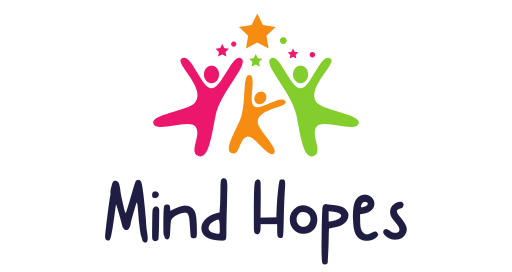Brain Gym
🧠 What is Brain Gym?
Move your body, activate your brain.
Brain Gym is a series of simple physical movements designed to boost brain function and learning. These exercises enhance coordination, focus, memory, and overall cognitive performance by linking body movement with brain activity.
Who Benefits from Brain Gym?
🧒 Children with learning difficulties
🎓 Students aiming to boost academic performance
👩💼 Adults wanting to sharpen focus and memory
👵 Seniors preserving cognitive health
🧑⚕️ Individuals recovering from brain injuries
Core Principles
Movement-Based Learning: Physical activity drives brain development.
Whole-Brain Integration: Exercises activate both brain hemispheres.
Stress Reduction: Movements help calm the mind and improve focus.
Universal Accessibility: Easy and adaptable for all ages and abilities.
What Brain Gym Improves
🔄 Coordination & Balance
🎯 Focus & Concentration
🧠 Memory & Recall
🙂 Emotional Stability
💡 Cognitive Flexibility
